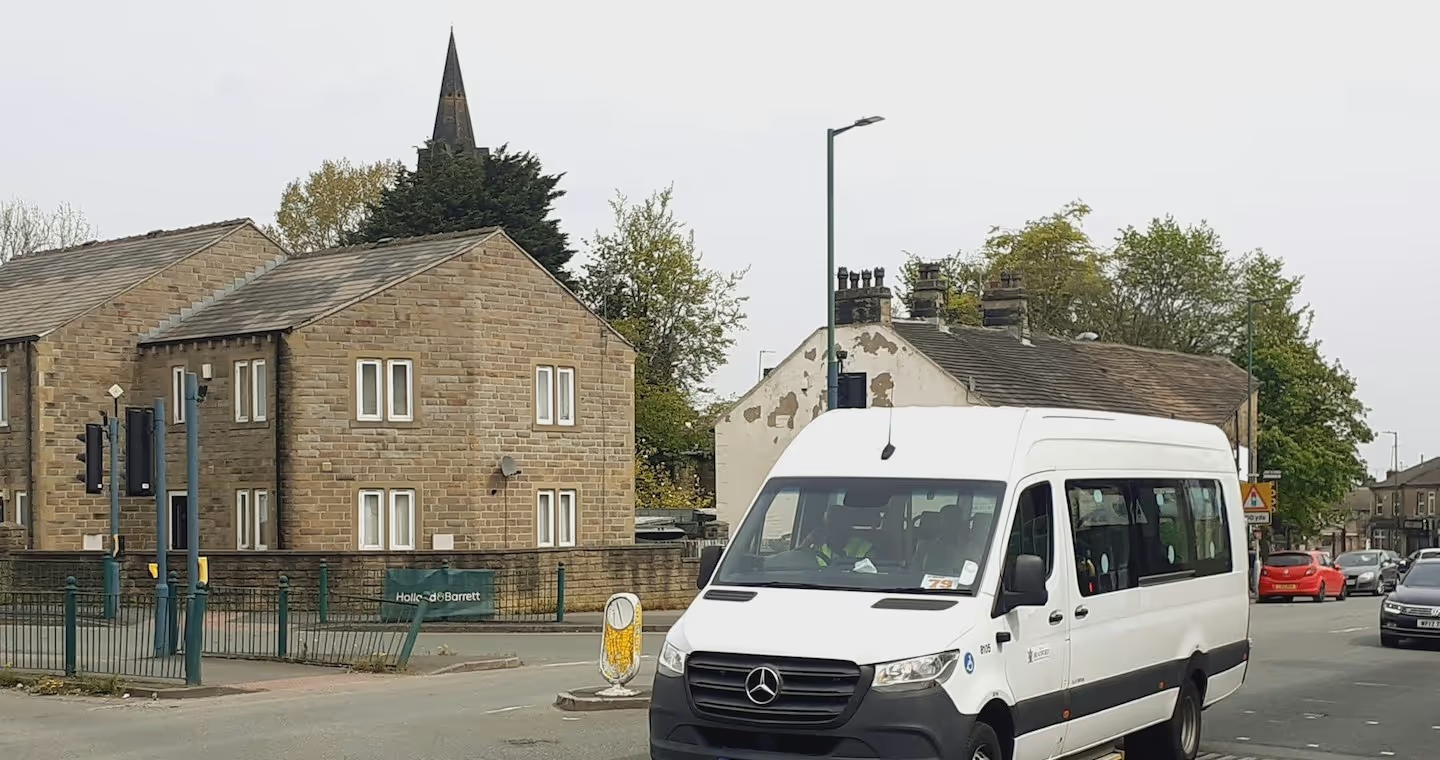PCV D1 Minibus Training in Sussex
Gain the skills and confidence to drive a minibus safely and professionally. Perfect for schools, community groups and shuttle service drivers.

Who Needs a D1 Licence?
The PCV D1 licence is ideal for anyone who needs to drive a minibus with 9-16 passenger seats for work or voluntary purposes. Common candidates we train include:
School and college drivers transporting pupils and staff
Community transport and charity drivers
Sports clubs and event organisers moving teams and equipment
Care home staff providing resident transport
Professional shuttle drivers needing to add D1 entitlement to their licence
To train for a D1 licence, you must:
- Hold a full car (Category B) licence
- Obtain a D1 provisional entitlement by completing the DVLA D2 and D4 forms and passing a driver medical
- Pass the Module 1 theory & hazard perception tests, plus the Module 2 CPC case study if driving professionally
Our training not only prepares you to pass the practical driving test but also covers passenger safety, vehicle checks and best practices for driving in a range of real world conditions.
Have a question?

Ready to Book Your Assessment Drive?
If you’ve secured your provisional licence and passed your theory and hazard perception tests, you’re ready to take the next step.
Book your assessment drive with us to see how many days of training you’ll need to pass your D1 test with confidence. We’ll guide you through every step.

"The HGV course at Sussex Driver Training was exceptional. The instructors were knowledgeable and supportive, making the learning experience enjoyable and effective."

D1 Licence FAQs
Everything you need to know before getting behind the wheel.
You’ll need to:
- Complete D2 (licence application) and D4 (medical) forms.
- Have a medical examination with a GP or approved provider.
- Send the forms to the DVLA in Swansea along with your current driving licence.
Once you receive your D1 provisional, you can book and pass your Module 1 Theory & Hazard Perception tests (plus Module 2 CPC if driving professionally) before starting practical training.
Most new drivers complete D1 training in around 2-4 days of practical sessions (in 4 hour blocks), followed by their test. If you already have experience driving larger vehicles, you might require less time. If it’s been a while since you’ve driven anything bigger than a car, we may recommend extra hours to make sure you’re confident and safe.
Your practical test includes:
- Vehicle safety questions (show me / tell me).
- An off road manoeuvre (such as a reversing exercise into a marked bay).
- On road driving covering town, rural and dual carriageway routes.
- Independent driving and following directions from a sat nav or road signs.
To pass, you must make fewer than 16 minor faults and no serious or dangerous faults.
Only if you pass the PCV D1+E test. With standard D1, you can tow small trailers up to 750kg MAM. Anything heavier requires the +E upgrade.
If you have D1 entitlement on your licence already, you can drive a minibus for personal use or non-commercial purposes without taking another test. However, if you plan to drive commercially or for hire/reward, you’ll need to meet Driver CPC requirements and in many cases, take the D1 test to remove certain restrictions.
It depends on the circumstances. If you’re unpaid and driving on a truly voluntary basis for a non-commercial body, you may be exempt from Driver CPC. However, the rules can be complex. If you receive any payment beyond expenses, or if the organisation operates on a commercial basis, CPC may still apply. Always check before driving - fines of £1,000 can be issued for not complying.
Yes, your D1 entitlement is recognised throughout the EU and in many other countries.
If you plan to drive outside the UK, check local rules for passenger transport, as some countries require additional permits or compliance with their national CPC schemes.
Still have questions?
Get in touch with us today
